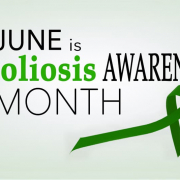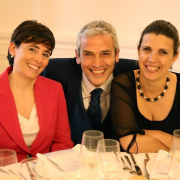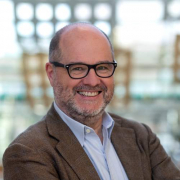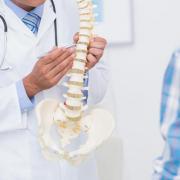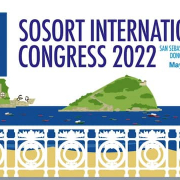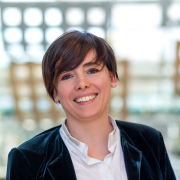About spinal disorders like scoliosis, it is often said that prevention is just as important as treatment.
Before we go any further, let’s clarify a few things, starting with the definitions of screening and scoliosis. Screening is an activity involving rapid tests, examinations or other procedures, and its purpose is to detect the possible presence of a disease or defect that the patient didn’t know they had.
Scoliosis, on the other hand, is a three-dimensional spine deformity.There are different forms, depending on the age at which it was first diagnosed: infantile (diagnosed between 0 and 3 years), juvenile (between 3 years of age and puberty), adolescent (between puberty and the completion of bone growth), and adult-onset. Scoliosis affects 3% of the population, prevalently females; 80% of cases are diagnosed in adolescence.
Two aspects in particular make scoliosis an insidious disease: first, it causes no symptoms of any kind during childhood and adolescence, which makes it difficult to identify young people who are at increased risk of developing spinal deformities; second, in most cases, it is idiopathic, which means we don’t know what causes it.
Therefore, early diagnosis of scoliosis, i.e., at an age when there is a considerable risk of the condition progressing, allows the patient to receive adequate, less invasive and more effective treatment. This, as far as possible, will prevent it from worsening to the point of causing, in adulthood, pain, progressive deformity and sometimes cardiorespiratory problems that will negatively impact their quality of life.
Screening: when and by whom?
Scoliosis screening’s importance is widely recognised, also by the scientific community (ref. Screening for adolescent idiopathic scoliosis: an information statement by the Scoliosis Research Society international task force).
Scoliosis screening should target all girls in their last year of primary school/first year of secondary school and all boys in their second year of secondary education. This is the age at which they reach puberty and are therefore most at risk of progression of scoliosis, if affected by the disease.
Youngsters should be screened by a spine expert who, through specific tests, can identify those at risk of a spinal deformity.
Screening results are given to the patient directly so that they can decide how to proceed with their doctor. In this way, if necessary, a diagnostic-therapeutic pathway can be planned.
What does Screening involve?
The first thing to do when evaluating whether or not a youngster may have scoliosis is to observe their bare back. The presence of more or less obvious asymmetries at trunk level, such as a difference in the height of the shoulders, or the hips, or a difference between the two shoulder blades, is the first sign of a possible case of scoliosis.
Then, the Adams test is performed, which is crucial: standing with their knees straight, the patient has to bend their trunk forwards, keeping their head down and letting their arms hang limply. This position has the effect of emphasising any hump due to scoliosis. If a hump is observed, it will be measured at the point where the height difference between the two sides of the patient’s back is greatest.
This measurement is taken using the Bunnell method, using a scoliometer to determine the angle of trunk rotation. If this angle measures 5° +/- 2° or more, it is advisable to have a specialist consultation.
A patient with an angle of 3° or more should be checked every six months if they are approaching or have entered puberty, otherwise at yearly intervals. If a patient’s measurement is below this threshold (between 0 and 2°), but they have one hip or one shoulder higher than the other, or a protruding shoulder blade, then they need to be seen after six months and referred to a specialist if the asymmetries persist; otherwise, they can be referred back to their general practitioner/paediatrician.
How to screen a child online
Visit https://screening.isico.it to carry out a rapid screening for scoliosis or a curved spine, free of charge.
After watching the brief explanatory video, follow the steps and carry out the assessment. This will involve taking a few measurements. Depending on the data you provide us, we can tell you whether it would be a good idea to consult a spine specialist or whether there is currently no reason for concern.

